An interview with photographer Janusz Rosikon about his extraordinary adventure in Russia.
A friend of mine, Polish photographer Janusz Rosikon, who has been covering Marian celebrations for years, came to Rome for this October’s “Marian Days” in the Vatican. On Saturday, October 12, we attended the recitation of the Rosary in St. Peter’s Square presided over by Pope Francis before the statue of Our Lady of Fatima brought from Portugal for the occasion. The same evening we went to the Sanctuary of Our Lady of Divine Love, where the statue of Our Lady of Fatima had been brought, and attended a night vigil with many pilgrims. On Sunday, October 13, we went to the Vatican again: in a sun-soaked St. Peter’s Square, the Holy Father celebrated a solemn Mass attended by more than 100,000 pilgrims from all over the world. I watched the celebration of the Eucharist with Rosikon and a small group of photographers from the roof of Charlemagne’s Hall, a long passage linking the left side of Bernini’s colonnade to the façade of the basilica. Some photographers beside us, commenting on what was going on in the Square, asked whether the Pope would mention Russia in his commitment of the world to the Immaculate Heart of Mary. Hearing this conversation, my friend Rosikon said to me: “Did you know that Our Lady of Fatima has already been to Russia and even to Red Square, where I took a picture of Her?” I had never talked to him about this, so I asked him for further details.
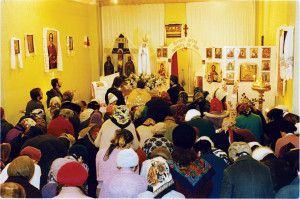
Orthodox faithful pray before the statue of Our Lady of Fatima in Perm.
Why did you follow the statue of Our Lady of Fatima to Russia?
Janusz Rosikon: I had been visiting Marian sanctuaries for years to take pictures. In 1992, I began work on a photographic book entitled The Madonnas of Europe. The idea came to me when I visited La Salette, where I saw thousands of pilgrims who had come to that isolated place in the Alps to pay homage to God’s mother. People were coming in droves to a place with no tourist attractions. After this visit, I decided to go and see what was going on at other European shrines. I found out that, contrary to media propaganda about the end of religion, European sanctuaries are swarming with life, tens of millions of people visiting them every year.
When did you go to Russia?
Rosikon: I visited Fatima in 1996 to follow the statue of the Blessed Virgin on its first journey to Russia (it was one of the so-called traveling statues of Our Lady of Fatima). First we flew from Portugal to Warsaw, Poland, where the statue was officially received by the Primate of Poland, Cardinal Józef Glemp (the statue was also taken to the Tatra Mountains where a sanctuary dedicated to Our Lady of Fatima is located). Then we flew to Moscow. After that, I flew from Moscow to Perm, a city in the Urals 1,000 miles from the Russian capital on the European- Asian border. I traveled on an Aeroflot aircraft; my friend, on the other hand, traveled by train carrying the statue of the Blessed Virgin in a double bass case. In Perm, the statue was received with great warmth: the celebration held in a Catholic church was also attended by some Orthodox monks. After the ceremony, an ecumenical procession passed through the streets of the city. On that occasion, I took a photograph of great symbolic value: an Orthodox monk and a Catholic priest, an Argentinian, screening the flame of a candle from the wind.
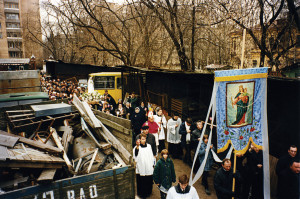
The procession with the statue of Our Lady of Fatima in Perm.
Where did you go after leaving Perm?
Rosikon: We went to one of those strange Soviet cities closed to foreigners for years (it was the residence of researchers working in the nearby nuclear research center). We traveled in an old car; the statue was wrapped in a blanket and hidden in the trunk of the car. The police stopped us at the entrance to the city, but I was very lucky: I showed them a big red card, which was actually expired, bearing the Cyrillic inscription international journalist. Their reaction was immediate: they let us in without inspecting the car. Needless to say, in this Communist city there was no church. Thanks to the political thaw, people turned part of the officers’ club into a church building. The iconostasis was made of plywood panels. We were received by three Orthodox priests who lifted up the statue: people passed underneath the statue with great reverence, touching the Virgin’s feet. Then they prayed. Unfortunately, the invitation to visit Our Lady of Fatima was not well-received by the hierarchy of the Orthodox Church. Therefore, as I was told afterward, all of the three priests were driven away and sent to other parts of Russia.
What happened after that?
Rosikon: I flew back to Moscow, but the flight began with an unpleasant incident: when going through the x-ray inspection system, the statue was discovered, but the inspectors mistook it for a dead child hidden in a double bass case. However, everything was cleared up! We put the statue of the Blessed Virgin on a seat and it traveled like a passenger. Needless to say, there was no welcome ceremony in Moscow.

At a Russian train station. The statue of Our Lady of Fatima traveled from Moscow to Perm by train.
What did you do with the statue in Moscow?
Rosikon: The statue was entrusted to the Polish Franciscans. They put me up. I stayed in a flat in a big housing project. As there wasn’t enough room, the friars slept in bunk beds: there was not much room, but lots of hospitality, Slavic hospitality. We decided to take the statue of Our Lady of Fatima to Red Square. There I took pictures of the Franciscans holding the statue in their arms; then we went back to our car. But then I had a strong desire: why not put the statue of God’s mother in Red Square? At first the Franciscans did not agree on the grounds that we might be arrested, but in the end Father Superior Grzegorz Ciorach changed his mind, so we returned to Red Square.
How did those present react seeing the statue of the Blessed Virgin in the square?
Rosikon: As we placed the statue on the pavement of Red Square, everybody moved away; there was nobody around us. I took some photographs of the statue in the deserted square with no one to disturb me. Then we got back into our car. In Moscow, Our Lady of Fatima also visited the Polish church, which was still being renovated.
It’s a pity that so few people know this story, that Our Lady of Fatima has been to Red Square, the symbol of Communist Russia for almost a whole century…
Rosikon: Now the pity will be less. More will know of it.


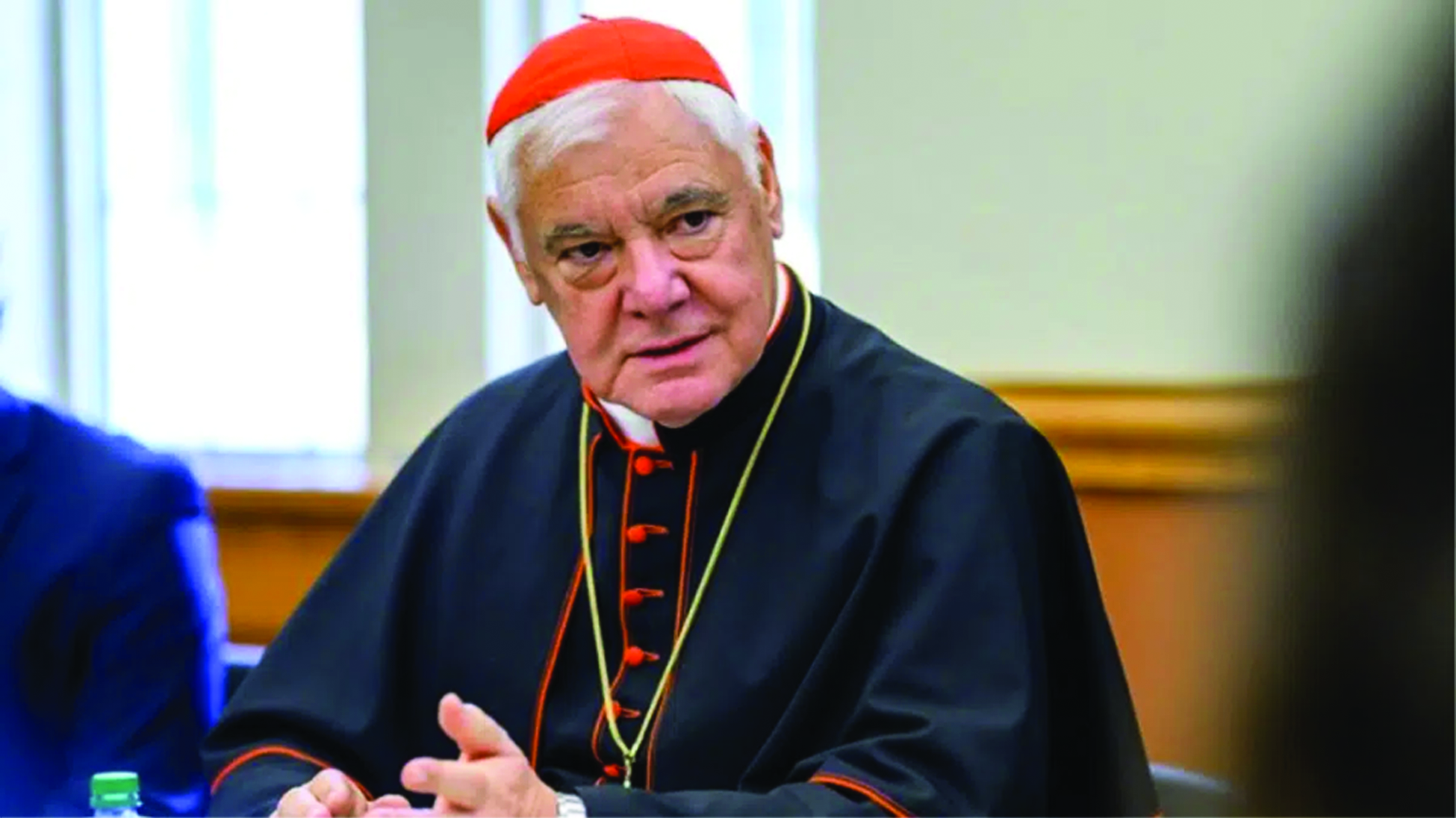

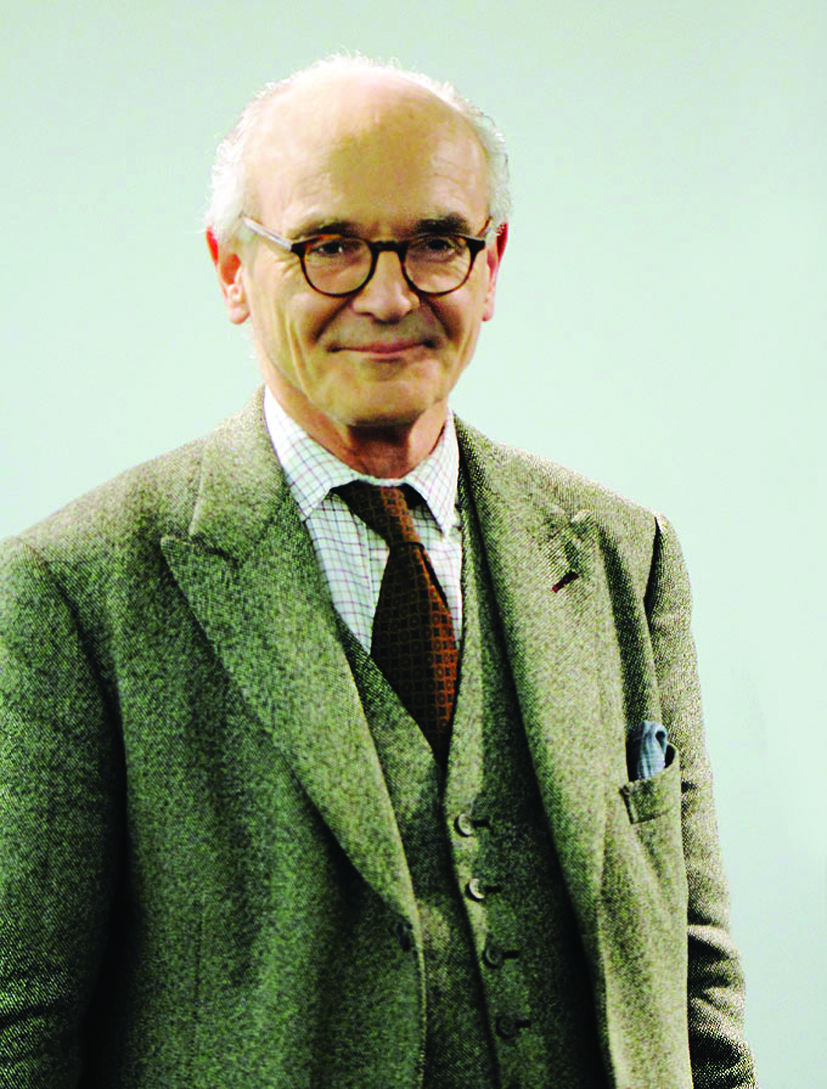
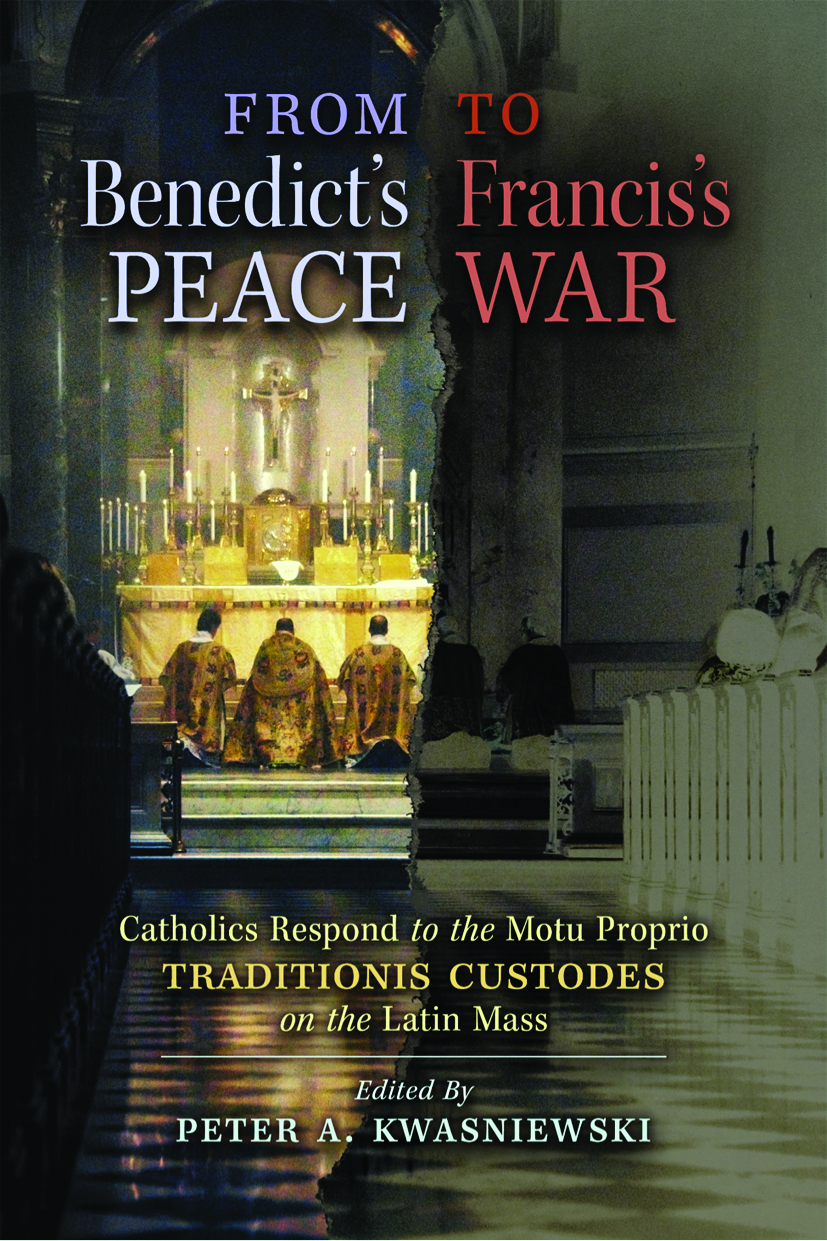
Facebook Comments